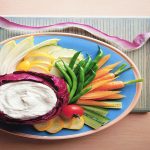
Creamy and rich, yogurt is a versatile dairy food that can be turned into delicious meals. It’s high in protein, probiotics to help with digestion, and other essential nutrients like calcium. Research has shown that the fat in yogurt doesn’t damage your heart, so full-fat is fine unless you’re on a low-fat diet for health or to lose weight. In this case, 0% fat is for you. When it comes to yogurt flavors, however, skip the “fruit on the bottom” varieties and avoid the kids’ brands that come in a tube and have loads of sugar. Instead, start with plain yogurt and flavor it yourself. For extra creaminess, go for Greek yogurt. Thicker than sour cream, it can be used in its place in many recipes. If you don’t want the tanginess of plain yogurt, stir in the sweetener of your choice. This way you can control the amount of sugar. Also remember to check the expiration date before you buy. While you’re in the dairy section, check out kefir, a yogurt-like drink that contains even more probiotics than yogurt. It’s a great base for smoothies. Whether you prefer yogurt or kefir, here are three fun ways to enjoy them: For a fast dip, stir dried onions into 2% Greek yogurt along with celery salt, Worcestershire sauce, soy sauce and black pepper to taste. For… read on >










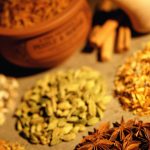
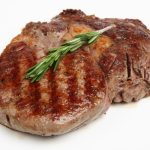
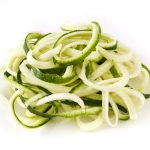

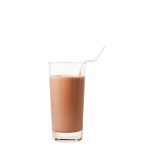













-300x200.jpg)







-300x169.jpg)
